In November 2024, Norway announced that four countries – France, Germany, the United Kingdom, and the United States – had been short-listed as potential government-to-government partners in delivering Norway’s future frigate.
Norway is progressing with a procurement plan to replace the Royal Norwegian Navy’s (RNoN’s) in-service Fridtjof Nansen class frigates; the process is aiming to down-select a final government partner in 2025, in order to support delivery of the first new frigate in 2029 and enable introduction of the new ships into RNoN service from 2030.
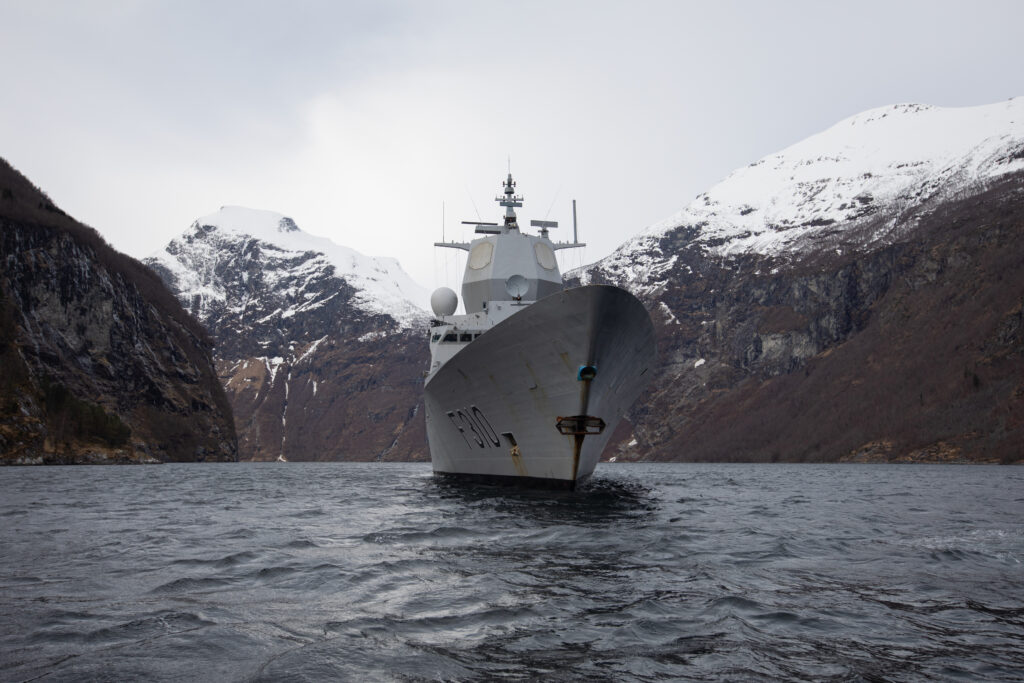
The fact that Norway’s procurement programme is framed in the context of a government-to-government partnership underlines that this is more than just a future frigate acquisition. First, it is about building a capability partnership – particularly in anti-submarine warfare (ASW). Indeed, in announcing the short list, the Norwegian Ministry of Defence (MoD) underlined that developing a strategic partnership would be as much about industrial co-operation, research and development (R&D), and collaboration in ship operation, support, maintenance, and capability evolution as it is about the nuts and bolts of a frigate acquisition.
Second, given the importance of ASW capability for NATO in the context of deterring the current Russian underwater threat – especially Northern Fleet boats coming out of the Barents Sea and bringing with them the capability to strike Northern European NATO targets with long-range sea-launched cruise missiles (SLCMs) – Norway’s geostrategic position makes this one of NATO’s most important future frigate, and wider ASW, programmes.
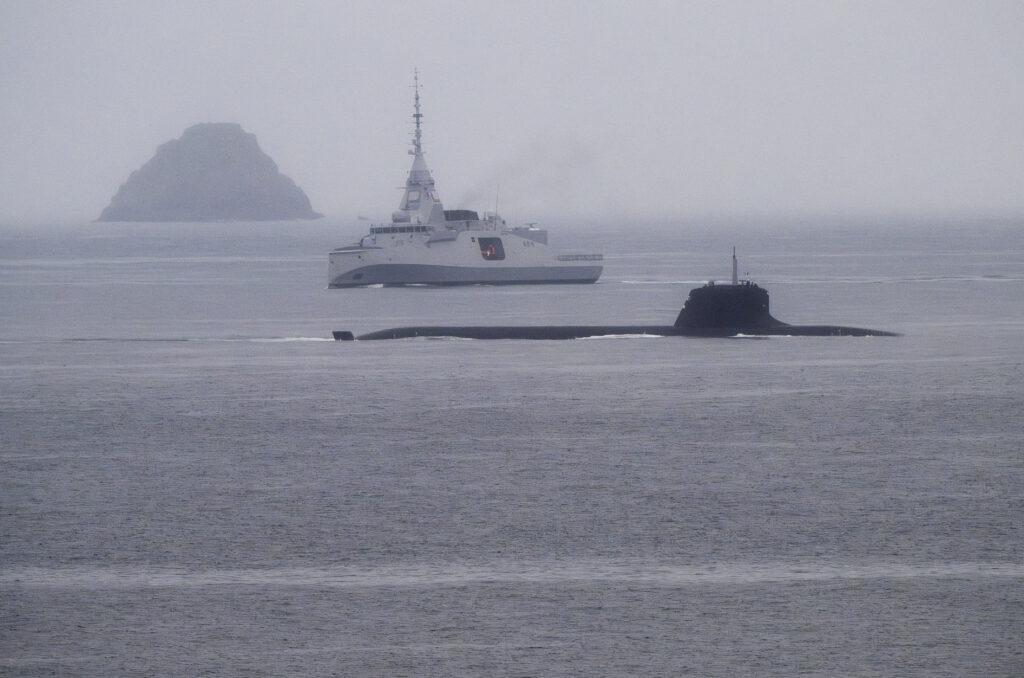
Strategic interest
Norway needs robust naval capability to defend its coastline (including deep-water fjords), to operate across the North Atlantic (especially the Norwegian and Barents seas) and up into the High North, and to work with NATO Allies. In these geographic contexts, the RNoN needs to generate presence, patrol, and sea control capability, including to secure Norway’s economic interests, sea lines of communication (SLOCs), and critical infrastructure. Today, it must do so against increasingly capable Russian Northern Fleet submarines and surface ships in an increasingly unstable operational and geostrategic environment. As a routine and regular contributor to NATO Allied Maritime Command’s (MARCOM’s) standing naval force activities, the RNoN’s frigate force has a key role to play in supporting NATO requirements to push Russian submarines back into the Barents Sea to take their missiles out of range of Northern European targets; and to support NATO presence in the High North, especially with the Northern Sea Route now opening up and with some North Atlantic NATO navies now having to focus more on the Baltic Sea.
Central for Norway in its future frigate and wider strategic partnership programme is working with a partner sharing and demonstrating common strategic interests like these.
In June 2023, the Norwegian MoD’s The Military Advice of the Chief of Defence for 2023 – written by Chief of Defence General Eirik Kristoffersen – set out the case for maintaining and enhancing Norway’s frigate fleet, including to add impact and output with partners.
“The armed forces must maintain their ability to inflict losses on an adversary, both on their own and alongside allies,” the report said, adding that “To ensure sufficient firepower and mobility, the armed forces must retain a core set of capabilities.” It noted that such capabilities include, for the RNoN, submarines and frigates. For the frigates, the report recommended a force level of between four and six new ASW-focused ships, which should also bring multi-mission capability for anti-air and anti-surface warfare (AAW, ASuW) tasks: a force of six frigates, it noted, would enhance operational availability significantly, allowing different tasks to be tackled simultaneously.
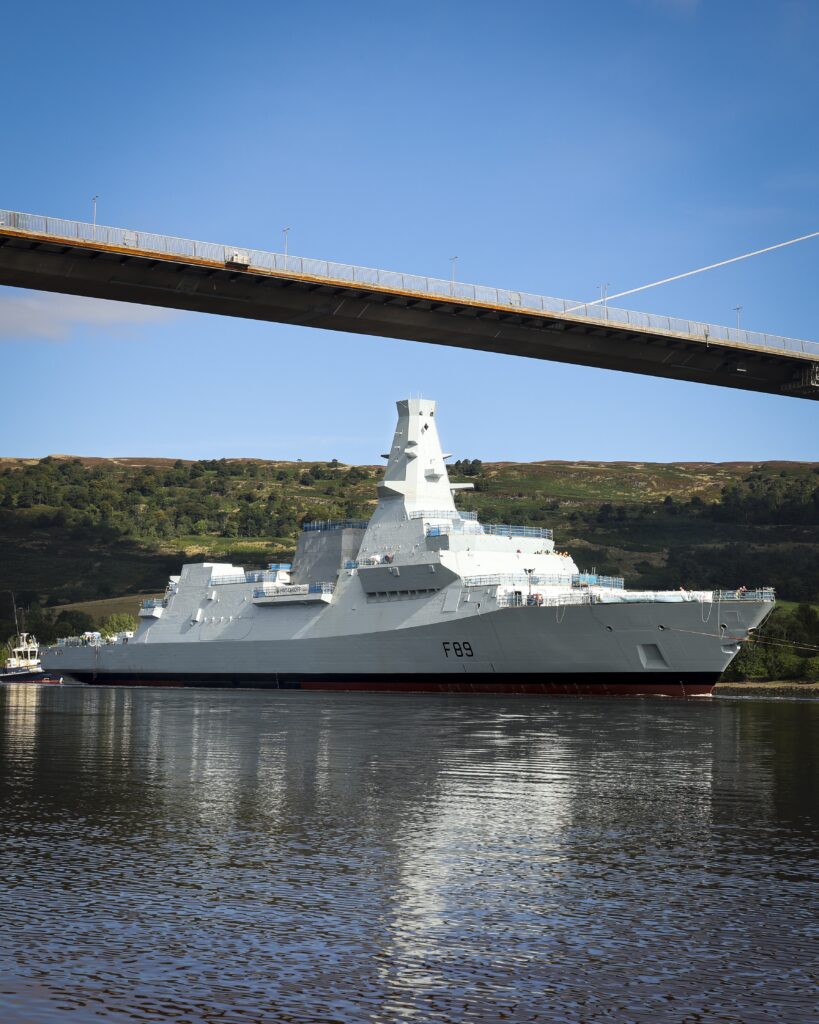
When revealing the future fleet plans in April 2024, within the long-term defence planning announcement, the MoD noted that co-operating with a strategic partner of choice could reduce the risks inherent in being the sole operator of an advanced, high-technology, platform.
In announcing the short list in November and setting out the strategic and operational context around it, the MoD noted that the four candidate countries have long-term geostrategic interests overlapping with Norway’s, an overlap that would help provide a solid and predictable security and defence policy co-operation foundation to the partnership, and would underpin the acquisition itself. The MoD added that further, intensified dialogue was underway with all four, alongside the formal activation of the frigate procurement programme.
In tandem, the RNoN has been continuing to review the conceptual and operational requirements for the new frigates. In the fleet plan announcement, the MoD underlined that sea control in the country’s local areas is perhaps Norway’s most important task in the NATO context. For Norway itself, the ships must be able to operate continuously across all of Norway’s areas of interest. Both contexts require the durability of a large platform designed for open-ocean operations and able to carry out the full range of naval operational missions. Crucially, both contexts also require the availability of high-end ASW capability.
Horses for courses
Norway’s wider naval needs, in support of NATO and its own national interests, are based around such high-end ASW capability. The country’s geostrategic position puts it at the centre of the current underwater ‘battle’ between NATO and Russia, both in terms of traditional ASW requirements and the emerging need to deter and defend against threats generated by Russian sub-surface capabilities to critical undersea infrastructure (CUI).
Northern Norway hosts the southern point of a line running from Norway’s Svalbard Island, south past Bear Island, down to the North Cape. This line represents what is known as the Bear Island Gap, the dividing line between the Barents Sea (where Russia’s submarines can seek sanctuary in bastions) and the deeper waters of the Norwegian Sea (from where those same boats could strike at Northern European NATO targets at sea and ashore). Today, with the increased distance at which Russian submarines can strike such targets using long-range SLCMs, the Bear Island Gap has become as strategically significant as the more recognised Greenland-Iceland-UK (GIUK) Gap. From Russia’s perspective, the GIUK Gap has likely transformed from an access point into the North Atlantic to more of a barrier, helping keep US ‘heavy metal’ out of the Norwegian Sea. Meanwhile, from NATO’s perspective, the Bear Island Gap has become not only a barrier behind which to keep Russian boats bottled up in the Barents Sea, but a barrier through which it must deploy in times of crisis to push those boats even further away from the Northern European targets.
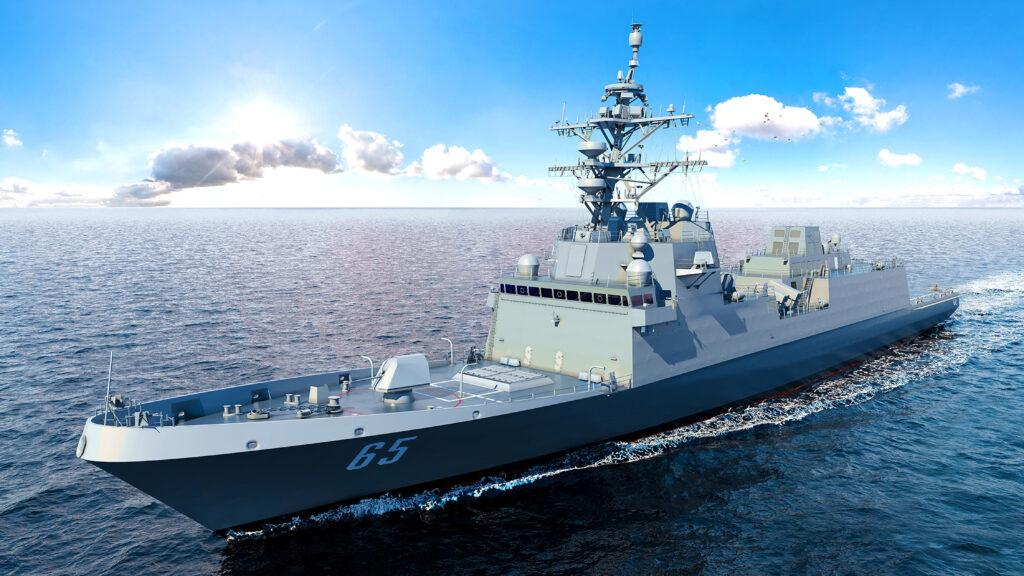
Meeting the requirement
The four candidate platforms are each fitted with state-of-the-art ASW suites that can provide sensing and effect across this full range of operations.
The French Amiral Ronarc’h ships carry a Thales sensing capability, consisting of the Kingclip Mk II medium-frequency active/passive hull-mounted sonar and the CAPTAS 4 Compact combined low-frequency active variable-depth (VDS)/low-frequency passive towed array sonar package as its tail. An NH90 Caiman helicopter will provide the rotary-wing ASW sensing presence, with its Thales FLASH active dipping sonar, and UMS 2000-TSM 8203 sonobuoy processing system. Sensor integration to generate targets for effectors is conducted through the Naval Group SETIS-derived combat management system (CMS). Effectors come in the form of Eurotorp MU90 active/passive homing torpedoes, launched from the ship (via two twin-packed 324 mm torpedo tubes) and from the helicopters.
The UK Royal Navy (RN) has always defined its Type 26 ASW frigate as being designed from the keel up using submarine technology to be acoustically quiet. The ASW sensing capability spread includes an Ultra Electronics Type 2150 medium-frequency active/passive hull-mounted sonar at the bow, to a Thales Sonar 2087 combined low-frequency active VDS/passive towed array sonar at the stern. An evolution of BAE Systems’ Insyte’s DNA(2) CMS provides sensor data integration as the CMS. The option to embark a Merlin HM2 helicopter will provide dipping sonar capability, with its FLASH/Sonar 2189 system.
The RN and RNoN have a demonstrably close operational relationship. For example, the RNoN is set to send a frigate and the auxiliary ship HNoMS Maud with the RN’s CSG25 deployment this year, within the HMS Prince of Wales carrier strike group (CSG).
The US Navy’s combat suite brings a different, but similarly capable, set of ASW capabilities. The Aegis-integrated SQQ-89(V)16 software suite integrates the active/passive SQS-53B/C/D hull-mounted sonar, the CAPTAS 4 Compact low-frequency active VDS, and the TB-37 low-frequency passive multifunction towed array (MFTA) sonar. Rotary-wing ASW capability is provided by the MH60R Seahawk. The combat system is, of course, Aegis (Baseline 10).

Looking across these capability suites, Norway’s tight timeframe requirements and the off-the-shelf acquisition will mandate commonality in requirement and capability – but also perhaps some compromise. While this may present a requirements challenge for the RNoN in something as significant as ASW, it also presents other opportunities. Working with a strategic partner deploying a common platform increases opportunities for mutual support – and, thus, improved availability. Availability of such high-end ASW capability across Norway’s areas of interest and operational requirements will be crucial.
Dr Lee Willett
Author: Dr Lee Willett is an independent writer and analyst on naval, maritime, and wider defence and security matters. Previously, he was editor of Janes Navy International, senior research fellow in maritime studies at the Royal United Services Institute, London, and Leverhulme research fellow at the Centre for Security Studies, University of Hull.




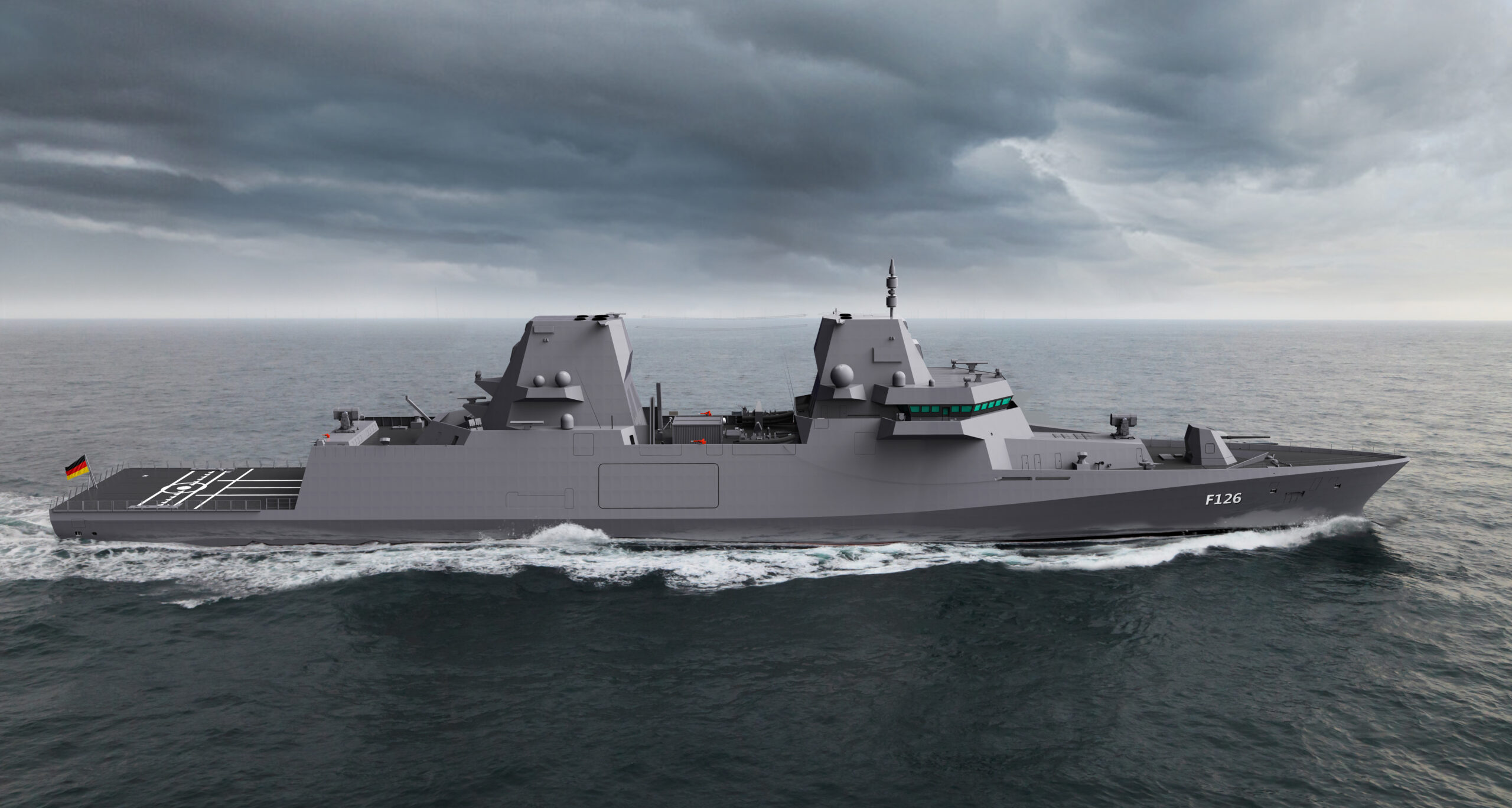

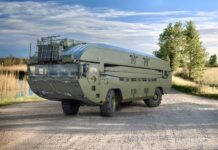

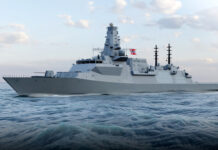
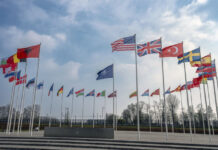
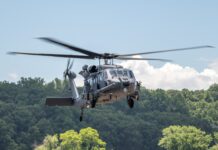
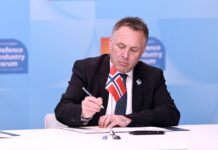
![Connect-4 The European Super RAP developed by NATO’s ACCS is shared with NATO’s Allied Air Command headquarters in Ramstein, western Germany. Two CAOCS, controlling NATO airspace above northern and southern Europe, generate these RAPs. [NATO]](https://euro-sd.com/wp-content/uploads/2025/06/NATO-Allied-Air-Command-NATO-Kopie-218x150.jpg)

